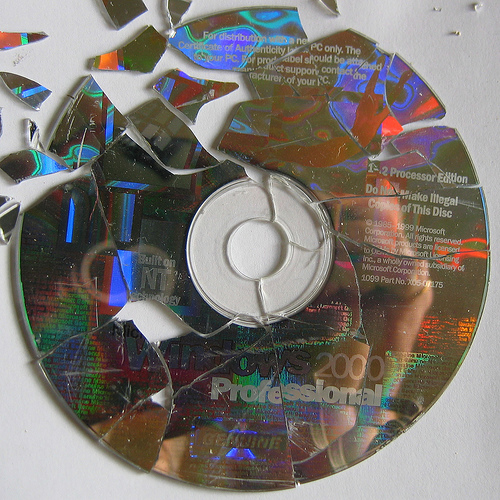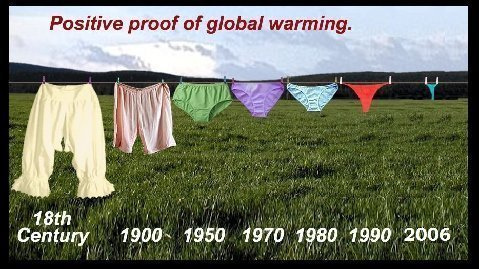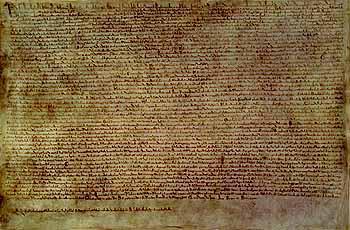In un articolo apparso recentemente su Msnbc/newsweek e intitolato in modo altisonante “Battle Royale” due giornalisti commentano la guerra commerciale e legale in atto tra Viacom, gigante dei media “tradizionali”, e Google, gigante internet.
Per essere chiari, il sottotitolo dell’articolo è “How the Viacom-Google fight could impact copyright law for years to come”. L’articolo, che è di tipo compilativo e comunque interessante per molti versi, contiene però diverse inesattezze, e soprattutto non apporta spunti interessanti sulla discussione al centro dei nostri interessi: il copyright.
IP Faber propone una diversa lettura della battaglia in atto, secondo una analisi strategica della realtà dei fatti. A nostro avviso ci sono tre aspetti diversi da prendere in considerazione per capire bene la vicenda e i futuri possibili sviluppi:
– il modello di business (revenue),
– uso e implementazione della tecnologia,
– scelta tra contenuti e contenitori (o media).
1) modello di business
Internet è già oggi il più importante ecosistema tecnologico per fatturato aggregato: ricordiamo che ormai una buona parte parte delle telecomunicazioni viaggia su protocollo tcp/ip, e che anche la televisione ha iniziato a sposare questa tecnologia per distribuire i propri prodotti (non esiste solo you tube, ma anche joost, fastweb e molti altri operatori sono già sul mercato). I dati vengono trasmetti tramite internet, il segnale audio e video viene trasmesso con la stessa tecnologia, il segnale telefonico viene trasmesso con la stessa tecnologia.
Oggi tutto è (o può essere) internet, anche se non vale il contrario.
Ora qualcuno dirà che la televisione, anche se viaggia su tcp/ip è un altro media, e non va confuso con internet. Ma io mi domando, cosa è un video attaccato a una rete internet che da questa rete è guidato e che tramite questa rete distribuisce un segnale agli utenti? Internet.
Caso mai il discorso potrebbe essere spostato sulla differenza tra contenuto e media, ma questo discorso lo affronteremo in altra sede.
Acquisendo mytube, google ha sparigliato le carte. Ricordiamo che Google stessa già possedeva Google Video, un concept molto simile a YouTube. Perchè spendere 1,6 miliardi di dollari per comprare il primo operatore web nel video? Non certo per spazzare il concorrente primario di Google Video.
Ma per non dare ai concorrenti l’opportunità di farlo, acquisire immediatamente 150 millioni di trasmissioni video quotidiane e implementare YouTube nell’ecosistema di Google, cioè servizi base gratuiti e servizi a valore aggiunto a pagamento più tanta, tanta pubblicità.
A rinforzare questa nostra tesi, il fatto che recentemente Google ha annunciato l’acquisizione di DoubleClick, il primo operatore di banner online al mondo.
Google non vuole controllare direttamente i contenuti, ma ne vuole controllare la trasmissione e la ricerca online.
Difficile trovare fino a oggi una mossa sbagliata nella strategia della grande G.
2) Tecnologia
“The law has never been very good at keeping up with technological innovations”: questa frase la dice lunga sullo stato attuale del diritto. Ed é vero che il diritto, anzichè legiferare pro futuro, molto spesso arriva in ritardo o non contempla casi attuali. Inoltre non mette a disposizione un metodo di risoluzione delle controversie efficace e veloce.
3) Contenuti o contenitori?
Vorremmo affrontare in altra sede una analisi approfondita di questo punto, ma é giá chiaro da oggi che alcuni grandi operatori si stanno muovendo a livello internazionale per gestire i contenuti, altri per gestire i media che offrono tali contenuti.
E ci sono operatori ibridi, che puntano a entrambi (non solo Time-Warner).











